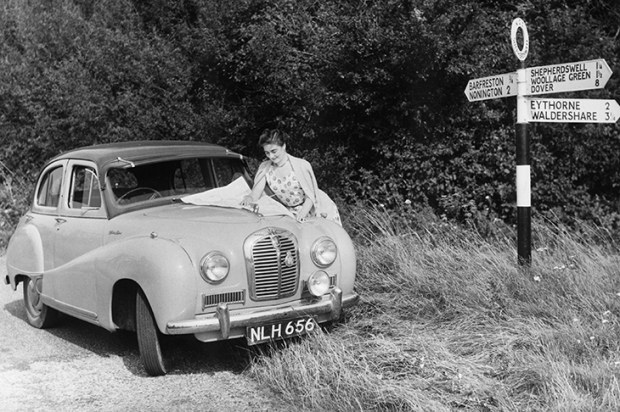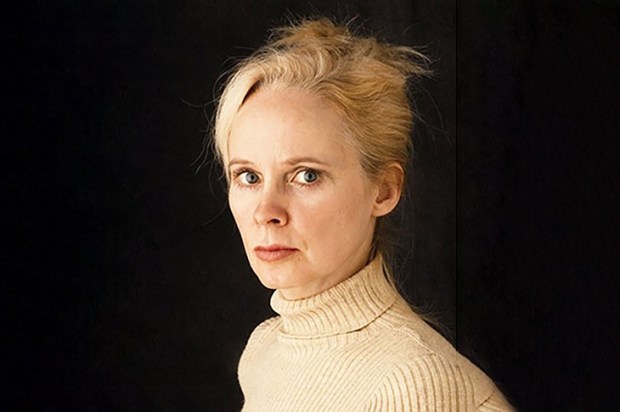Mona — single, childless, pushing 60 — sells wooden dolls made by a carpenter friend, which she delicately costumes from odds and ends of fabric sourced in charity shops. But her business has an odd spin-off: mothers who’ve suffered past stillbirths can come and ‘order’ a lump of carved wood made to the specified birthweight of their dead child. By cradling this weight and imagining the future the baby never had, they work towards a kind of closure. Meanwhile, Mona herself — who grew up in Ireland but lived in Birmingham through the IRA bombings — has a tragedy of her own on which she has little or no closure.
Far too few novels feature protagonists who are post-menopausal — and, much to her creator’s credit, Mona hopes and yearns and plans like any thirtysomething. So, despite the fact that alarm bells tend to ring whenever I read about grown women and dolls (only one sad step from soft toys on the bed), I still began Kit de Waal’s second novel and follow-up to her deservedly bestselling My Name is Leon, with hope in my heart. Sadly, it was soon dashed. Almost every aspect of this well-meaning novel is pedestrian and unconvincing, from the sinisterly cultured ‘gentleman’ neighbour, who courts Mona with quips such as ‘sometimes one must act on impulse’ and ‘marrying food with wine is an art’, through to the cluttered monotone of Irish aunts and neighbours, whose only function is to trigger each stage of the flashback-heavy narrative.
Bafflingly for a writer whose debut was so acclaimed, de Waal doesn’t seem to have learned the first rule of novel writing: you don’t need to include all that repartee with hairdressers and hotel receptionists. In fact, more than anything, this novel is crying out for a bit of the pace, shape and attitude that comes from being less in thrall to your own inventiveness and more willing simply to edit.
It’s a shame, not to say a missed opportunity, because there are potent themes to explore here. I have no idea whether parents really do use shaped wood to grieve stillbirths, but it’s a compelling image and one I was willing to go along with. But these moments aren’t quite well enough realised to incite empathy. Meanwhile, in Mona’s own story, plot twists are slyly withheld, and one’s deliberately encouraged to jump to the wrong conclusion.
That’s the second rule I’d have expected de Waal to have learned: you need to leave your reader feeling moved, not with an uneasy sense of being cheated.
Got something to add? Join the discussion and comment below.
Get 10 issues for just $10
Subscribe to The Spectator Australia today for the next 10 magazine issues, plus full online access, for just $10.
You might disagree with half of it, but you’ll enjoy reading all of it. Try your first month for free, then just $2 a week for the remainder of your first year.














Comments
Don't miss out
Join the conversation with other Spectator Australia readers. Subscribe to leave a comment.
SUBSCRIBEAlready a subscriber? Log in